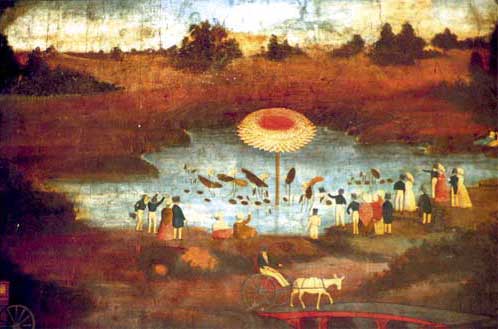Thai Contemporary Artภาคภาษาไทย | Introduction | Mural Painting | Sukhothai Buddha ImagesAn Art Movement |
|
|
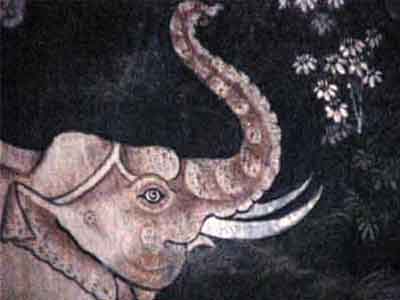
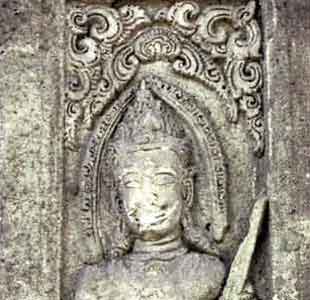
Pieces that don’t fit inside the temples are considered modern. They are created by artists who have modern stimuli. Albeit in modern surroundings, they have evolved with a different approach to visual representation of objects than that of their Western counterparts. They are still representative of the modern world and the real and conceptual problems that come with it. As the pollution and poverty of the world’s largest primate city increases, so do the number of new young artists who are painting about it, talking about it and using their traditional skills in the new modes of expression that they seek out.
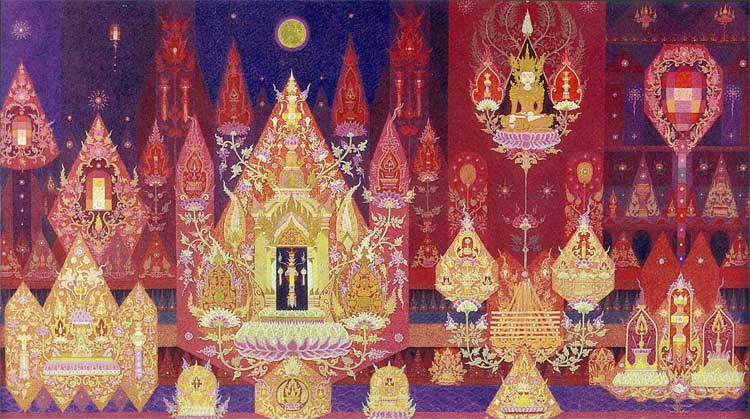
Songdech Thipthong, Yi Peng, 1995
 |
The vast history of an Indian mythological narrative and a unique symbolic heritage2 collided with the modern world and all of its political and industrial forces. Whether making a canvas look like a cracked mural painting on an old temple wall or even using a much different technique to capture the essence of a Kinnaree3 as an abstract expression in traditional colors, these two works may very well contain the same spirit. While some contemporary Thai works seem to copy ideas of form from the abstract expressionists,4 there is still a unique spirit of identity. When interpreting works from art history we must always ask ourselves, “What were the values of the people in that society at that time? And what was their environment like?” So it is with contemporary art. |
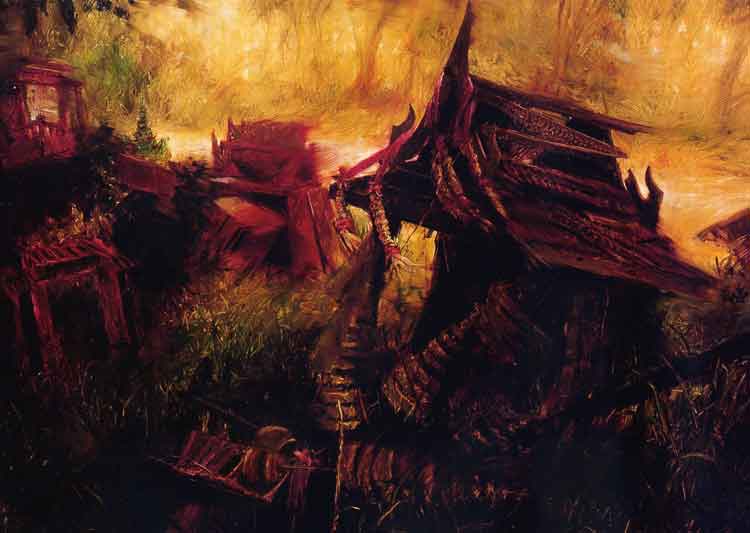
Yoottasak Roikaenchan, Mysterious Atmosphere, 2004
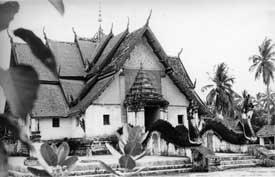 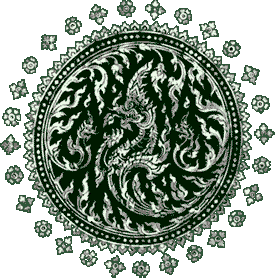 |
The Movement’s Evolution
Traditional Thai art is normally considered to be the decorations in and around the palaces, temples or pagodas where so much of the pearl inlay, porcelain mosaic, or stucco ornamentation is found. Considering the historical sites at Ayutthaya, Sukhothai and Srisatchanali, Thai art has traditionally never been very far from the holy places of the past. Traditional Thai painting that started on the temple walls, hangings, manuscripts and cabinets had a specific purpose, such as a decorative fresco or as illustration for the Buddhist scriptures. The treatment of characters was very delicate in style and metaphorical in representation. Paintings contained specific areas of gilt gold leaf to emphasize the accessories on the costumes of angels and the depictions of the Royal family. |
Literally, Thai paintings religiously followed this pattern up through the reign of King Rama IV in the 1850s. Until a monk named Cru In Khong, who by meticulously studying the foreign postcards in the King’s library was able to devise the system of perspective for himself. He used horizontal lines and vanishing lines to create the illusion of depth and bequeathed these techniques to his many students. Some Western techniques, including new color schemes, were finally added to this highly refined and traditional system.
|
|
In 19438 he founded and taught at an art school called Silpakorn University9 with the already famous architect Praprohmpichit. He carried some of the first fine art pieces to be shown outside of Thailand to Europe.10 He donated a Banglila11 Sukhotahi Buddha image for the Western world to study. He helped convince the then military controlled government of Thailand to interest itself in the national heritage of its own country. He started a national art contest that is now in its 50th year. His first generation students have almost all retired from working or passed away. Their art pieces are the current generations study. Exceptional among them are Fuera-hari Pitak, Tawan Dutchanee, and two younger artists Chalermchai Khositpipat, and Wichok Mookdamanee. |
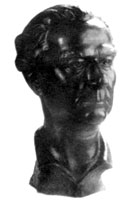 |
Silpa Bhirasri’s (Corrado Feroci’s) philosophy and way of teaching have been the heart of Silpakorn University’s philosophy for three generations. There is no lack of his portraits or statues around the campus either. Thailand has many qualified art teachers thanks mainly to his merit. When he died in 1962, out of respect for his ability and kindness, his first generation of students dedicated their careers to continuing the traditions he started. All have admitted to being very lucky to have had such a good teacher with such exceptional skills, who is referred to as the father of Thai contemporary art. |
 |
New Thai artists are growing up and more youngsters are dedicating themselves to produce art works. More art schools have been created in Chaing Mai University, Bangkok University, and Bhurapa University (Eastern University). This tradition now pervades the whole country and its style never seems to be replaced or surmounted in national competitions. This makes most Thais quite proud of the Departments of Painting and Sculpture, Decorative Arts and Graphic Arts at Silpakorn University. Today Silpakorn University teaches applied art with a strong emphasis on basic skills and a strong sense of what the essence of art really is, the emotional expression of the spirit inherent in living, sentient beings. On top of that there is a lot of teaching about how the form is to be applied to design. Silpakorn University sifts through 3,800 applicants a year only to admit 300.
Hopefully the pictures in this article give a variety of the styles and expressions of the movement. Thai contemporary art has its roots in the metaphorical depiction of humans, animals and natural forms. In the past, after many years of refinement, teachers who graduated from Silpakorn were sent at government expense to study art in the European countries, especially Silpa Bhirasri’s home country. The influence of Impressionism and Post-impressionist styles can be duly noted, as well as some Cubism, and the ever-present Buddhist philosophy. At times Surrealism has been assimilated too.
This is an Eastern soul that has developed and adapted to social concerns. Some of these works relate to the 14th of October Massacre12 and continue with depictions of the destitute on Bangkok city streets. Artists with strong foundations are experimenting with new techniques in a search for new and evolving ideas reflected from life in modern Asia. Wonderful modern sculpture and installations abound if you frequent the galleries at Silpakorn. And finally, some modern art galleries are starting to gain beachheads around the country such as the prestigious Queen Sirikit gallery donated by the Bangkok Bank. It grows even freer still, not only for the techniques of production, but also in the representation of contemporary issues. The Thai sense freedom is different than the concept of liberty, which most of the Western world adopted from French ideology some 200 years ago. No, the Thai concept of freedom is still a personal statement of acceptance of everyone and every-idea without first passing judgment. After that it is the praising of a heritage from an ancient practice of art, which not only encompasses the history of Angkor but the formulaic expression of humanism in the Eastern sense.
- Lai thai is a style of line drawing. See the line drawings in Thai Art Magazine's Introduction. back
- These influences were refined into a style explicitly recognized as Thai during the Sukhothai period. back
- The Kinnaree is a mythical half-bird half-woman sought after for her beauty, poise, and purity. back
- Abstract Expressionism for the West was about casting off all associations with subject matter and relying only on the properties of form, mass and color to reach conceptualism. Thai art generaly starts with a conceptual narative and looks for a means of expression through technique, regardless of Western symbolic iconography. back
- Prince Siddhattha is an historical figure. Siddhattha Gotama is the Indian prince who renounced his heritage to seek out the answers to life by living as a recluse in the forest. back
- Eventually he decided to take up permanent residence in Thailand. He was bestowed a special name by King Rama VI. Corrado Ferosi had his name changed, in a ceremony similar to knighthood, to Silpa Bhirasri, which means "dignified and courageous artist." back
- As time went on, he made many more statues like these, such as the King Thaksin monument, King Rama the First monument, and the Monument of Democracy. back
- The Thais use a calendar based off of the Buddhist history. BE stands for Buddhist Era and is about 543 years ahead of the Christian calendar. The year 1943 AD is equivalent to 2486 BE. back
- Silpakorn University is located direcctly opposite the Grand Palace and the Temple of the Emerald Buddha in the heart of downtown Bangkok. On the banks of the Chaophraya River, art is king. back
- He donated works for promoting the careers of Thai artists. As opposed to exporting artworks without their permission or the permission of the Thai people. Such as the famous lintel from Phnom Rung. back
- Banglila means walking or floating on a lotus. See the standing Buddha sculptures from the Marble Temple in Sukhothai Buddha Images. back
- The 14th of October, in Thailand, is known as Sipsee Tula. It refers to the massacre of Thai citizens by the military dictatorship in 1976. back
Content supervisor & writer: Pakorn Prohmvitak
Site design & writer: Sam Forkner
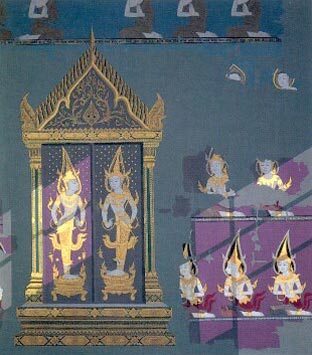
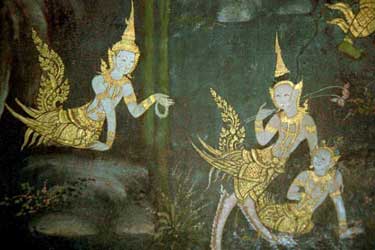 The stories of the Buddha, which formulaically surround the inside walls of temples, used plain colors. Different episodes in the same canon would be placed in the same frame just in a different area. And there was no rendering of volume, per se, just a wonderful use of line to portray the space and idealistic integrity of the characters such as Prince Siddhattha.
The stories of the Buddha, which formulaically surround the inside walls of temples, used plain colors. Different episodes in the same canon would be placed in the same frame just in a different area. And there was no rendering of volume, per se, just a wonderful use of line to portray the space and idealistic integrity of the characters such as Prince Siddhattha.